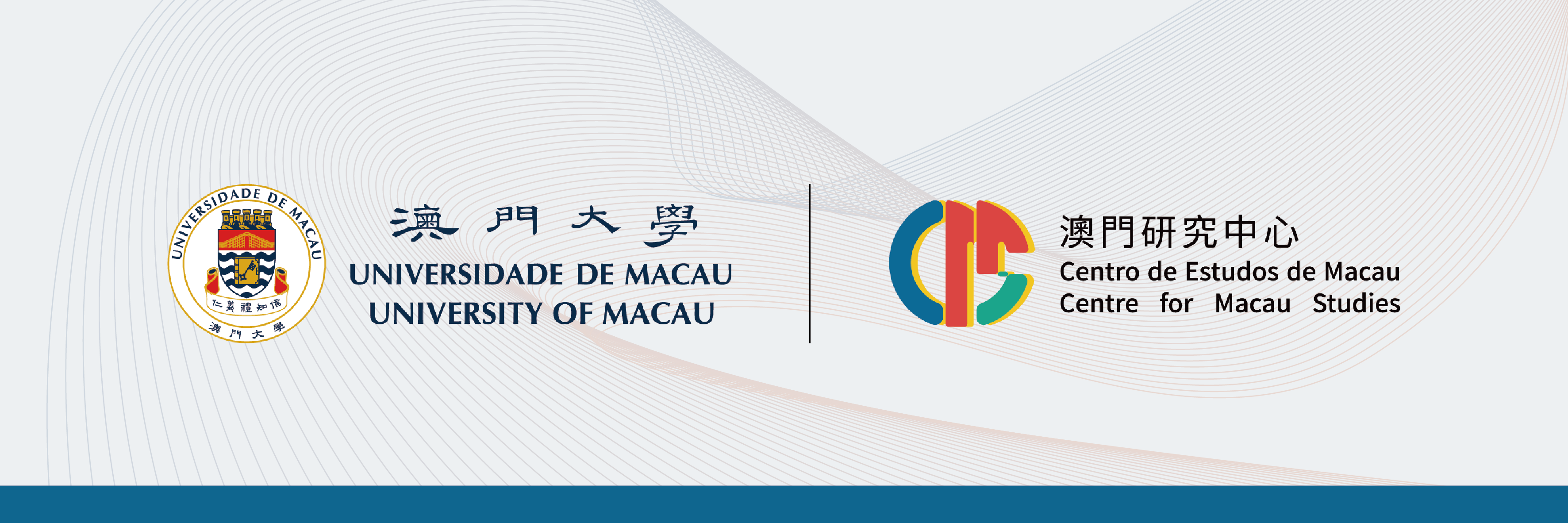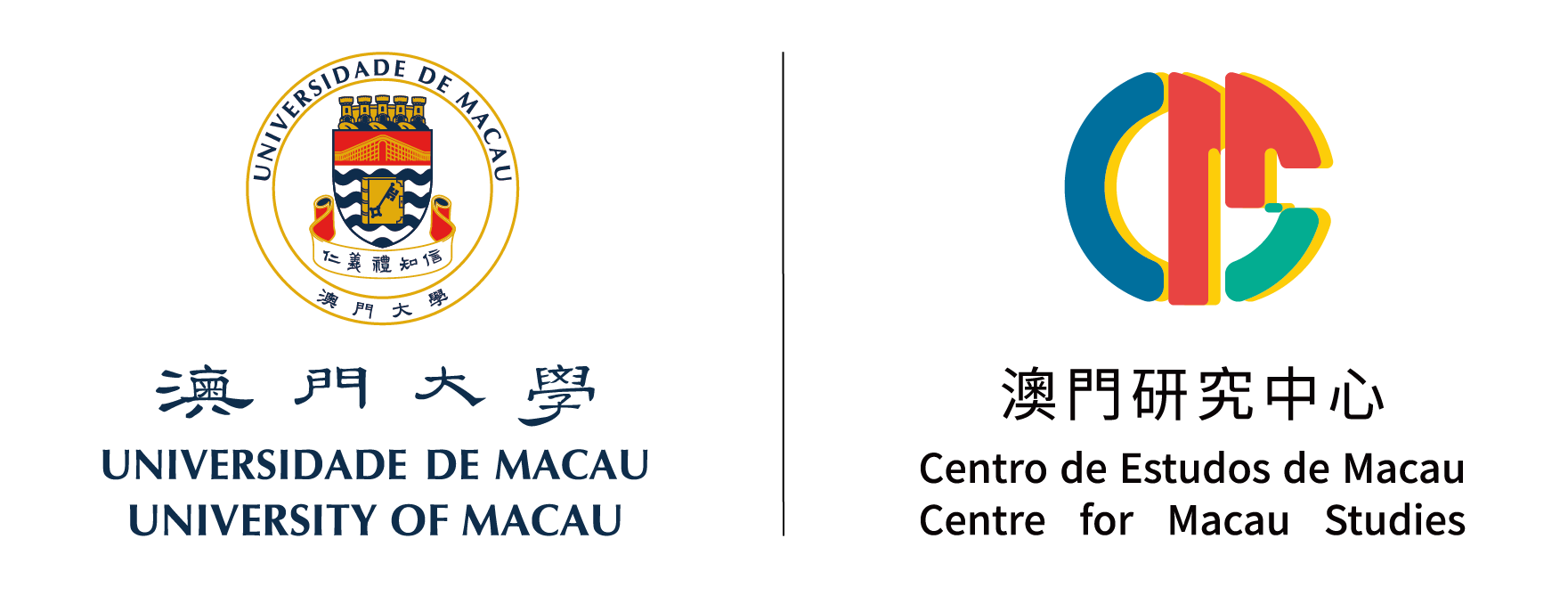
The University of Macau (UM) Centre for Macau Studies and Department of Economics released the revised version of the Macroeconomic Forecast for Macao 2023. After several months of observation and analysis of Macao’s economy in the past several months, the research team adjusted its assumptions on visitor arrivals and forecasted that the number of visitor arrivals to Macao will remain relatively stable in 2023. Based on this, the research team revised the economic forecast released at the beginning of the year: Macao’s economy will grow by 47.0% in 2023; exports of services will surge by 101.2%; the inflation rate will be 1.2%; the overall unemployment rate will be 2.6% while the unemployment rate of residents will be 3.3%; and the current revenue of the Macao SAR government is expected to be MOP 76.5 billion.
After nearly three years of epidemic prevention and control, Macao changed its epidemic prevention policy in December 2022. The number of visitor arrivals has begun to rise in 2023. Among them, visitor arrivals from Hong Kong has recovered faster, reaching 2.24 million between January and April 2023, which was 90.2% of the same period in 2019. The number of visitor arrivals from mainland China reached 4.62 million between January and April 2023, 47.3% of the same period in 2019. However, the recovery of visitor arrivals from other regions was slower, with 0.35 million between January and April 2023, only 23.1% of the same period in 2019. On the back of tourism recovery, the non-gaming consumption and exports of non-gaming services reached MOP 23.5 billion in the first quarter of 2023, surpassing the level of the first quarter of 2019. However, the exports of gaming services was only MOP 28.3 billion in the first quarter of 2023, 44.9% of the first quarter of 2019. For domestic demand, both private consumption and investment have recovered well. The private consumption expenditure was MOP 24.5 billion in the first quarter of 2023, which was 88.4% of the first quarter of 2019. The gross fixed capital formation was MOP 11.7 billion, which was 82.2% of the first quarter of 2019. Consumer prices remained stable, with the consumer price inflation rate between January and April 2023 at just 0.8%. The labour market is gradually recovering. The overall unemployment rate in the first quarter of 2023 was 3.1% while the unemployment rate of residents was 3.9%, still higher than the rates of 1.7% and 2.3% in the first quarter of 2019, but down from the high rates of 4.0% and 5.2% in the third quarter of 2022. Employment earnings have recovered quickly. The median monthly employment earnings in the first quarter of 2023 was MOP 17,000, which has returned to the level of the first quarter of 2019.
After several months of observation and analysis of Macao’s economy, the research team adjusted its assumptions on visitor arrivals and revised the macroeconomic forecast. It is expected that the number of visitor arrivals to Macao will remain relatively stable in 2023: the number of visitor arrivals will be 6.45 million in the second quarter (60% of 2019), 6.94 million in the third quarter (65% of 2019), and 6.90 million in the fourth quarter (70% of 2019).
Based on the above assumptions, the forecasts of major economic variables are as follows:
• The GDP growth is expected to be 47.0%, with a range from a more pessimistic 32.5% to a more optimistic 61.6%.
• The baseline forecast for the growth of exports of services is 101.2%.
• The baseline forecast for the growth of private consumption expenditure is 4.0%.
• The baseline forecast for the growth of gross fixed capital formation is 1.0%.
• The baseline forecast for the growth of the inflation rate measured by the implicit deflator of GDP is 1.9%, while the consumer price index is expected to rise by 1.2%.
• The baseline forecast for the growth of median monthly employment earnings is 9.6%.
• The baseline forecast for the overall unemployment rate is 2.6%, while the unemployment rate of residents is 3.3%.
• The Macao SAR government’s current revenue is expected to be MOP 76.5 billion.
About the Macroeconometric Structural Model of Macao
The Macroeconometric Structural Model of Macao is a quarterly simultaneous-equations econometric model which covers seven blocks of Macao’s economy: consumption, investment, external sector, prices, government, labour market, and monetary sector. It includes 89 equations and 308 variables. Time series data start from the first quarter of 1998 and is updated once new data are available. Its results provide the community with a timely understanding of the state of Macao’s economy and support prudent decision-making. The model was founded by the late Prof Sir James Mirrlees, Nobel laureate in Economic Sciences and honorary doctor of the University of Macau (UM), as well as faculty members in the Department of Economics at UM. Members of the research team include Chan Chi Shing, lecturer (by courtesy) in the Centre for Macau Studies; Ho Wai Hong, associate professor in the Department of Economics; and Kwan Fung, assistant professor in the Department of Economics.



